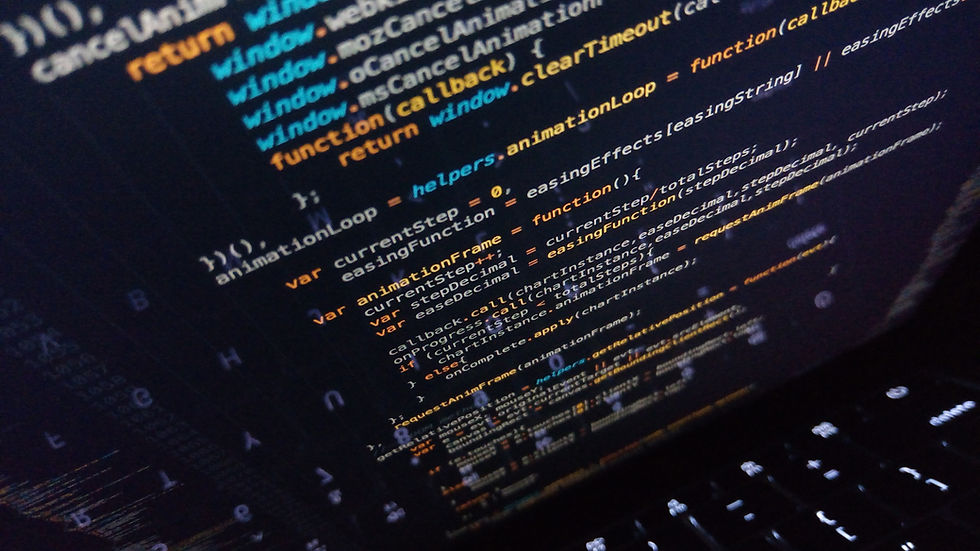Black holes - a complete package
- Manish Br
- Sep 10, 2020
- 3 min read
Updated: Sep 10, 2020

credits: pixabay.com
What is a black hole?
A black hole is a region of space-time where gravity is so strong that nothing—no particles or even electromagnetic radiation such as light—can escape from it.
These are objects in space that pull surrounding bodies with a high amount of force, i.e. they have a high amount of gravity since not even light can escape from a black hole since no light can escape these, they are invisible.
Space telescopes with special tools can help find black holes. These instruments can see how stars that are very close to black holes act differently than other stars. So if you ever feel something is pulling you with a high amount of force, get ready to enter the black hole. (not necessarily)
Formation:

note: This is an original photo of a black hole, which proves its existence.
credit: eso.org
The life of a black hole starts, when another life ends.
Scientists believe that black holes are formed after the death of a star, (bigger the star, bigger the black hole) after which a massive explosion takes place because, When such a star has exhausted the internal thermonuclear fuels in its core at the end of its life, the core becomes unstable and gravitationally collapses inward upon itself, and the star's outer layers are blown away, as a result, a supernova is born.
Size:
Interestingly, when someone asks you a question” how big is that black hole”, you can answer it with respect to its mass, not its radius.
It depends on the object's mass (here, the mass of a dying star) and the second is its volume (how much space it takes up). However, the radius of a black hole's event horizon is directly dependent on its mass, so the size of the black hole could be calculated by it.
Location:
Since the black hole is born by a dying star, clearly it is located at places where stars are present, observational evidence says nearly all major galaxies have a supermassive black hole, mostly at the galaxies center.
The closest black hole to Milky Way is Sagittarius A is located
At the center of the Milky Way, is the closest supermassive black hole, some 25,000 light-years away. Though even a smaller one is present, V616 Monocerotis, 3500 light-years away, circling a sun-like body.
Growth:
According to general relativity, the inward gravitational collapse never stops. Even though from the outside, the black hole appears to stay a constant size, expanding slightly only when new things fall into it, its interior volume grows bigger and bigger all the time as space stretches toward the center point.
Recently business insider uploaded a post which read,
“The fastest-growing black hole in the universe eats one sun a day — doubling its diet from just a month ago” What happens when we enter a black hole:

credit: pixabay.com
Here is another quote from the business insider which I found fascinating,
As you fell closer toward the event horizon, the gravitational force around you would grow. ... As you fall closer to the event horizon, the blackness will grow, eventually covering your entire field of view. When that happens, when you see only darkness, then you'll know that you're inside of a black hole.
If you jumped into the black hole feet first, the gravitational force on your toes would be much stronger than that pulling on your head. Each bit of your body would also be elongated in a slightly different direction. You would literally end up looking like a piece of spaghetti. Sounds ridicule right? Well, that’s a major possibility, there is a term named “spaghettification” which is defined as “the process by which (in some theories) an object would be stretched and ripped apart by gravitational forces on falling into a black hole.”
So, when you fall inside a black hole you travel from the speed of 0 km/hr to the light of speed within a second, which causes the body to stretch like spaghetti just like we see in cartoons!
That's the end of another post by the Adroit, do follow us on social media by clicking here, for more informative updates.





Comments